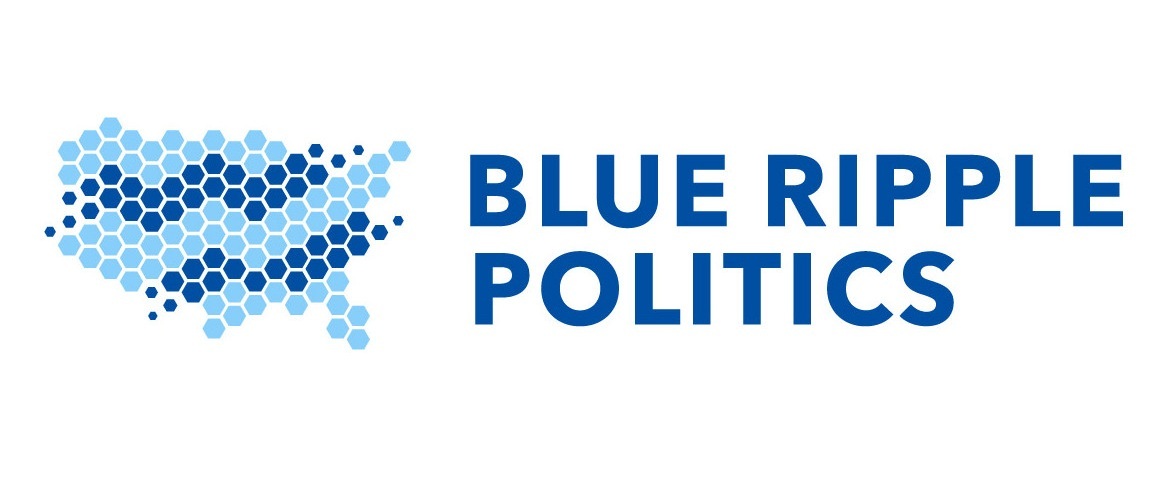We’ve all read countless takes on how important non-white turnout was to Dems in 2020. But in which states are we making progress, and where are we falling behind?
That’s the topic of our latest analysis, now up on GitHub. With 2020 election data newly in hand, we did some cool modeling to quantify the effect of non-demographic factors, including organizing and voter access, on voters-of-color (VOC) turnout in individual states.
In our new post, we pose and answer two initial questions about voter turnout and race:
How much better (or worse) was each state’s turnout gap in 2020 compared with what one would have expected from demographics alone?
Which states have significant (positive or negative) impact on the turnout gap?
The answers are somewhat surprising. The significant (clearly non-zero) effects ranged from a VOC turnout boost of about 8% to a hindrance of about 16% compared to what one would expect purely on the makeup of the population. Those are pretty big effects! And the specific states with positive and negative VOC turnout effects versus expected had some possibly explainable results, but also some curious ones. What’s going right in AL to boost VOC voting rates, and what the heck is keeping non-white voters away from the polls in WA (a vote-by-mail state!) and IL?
Modeled state-specific turnout gaps in 2020 general election, not counting demographic factors; showing clearly non-zero states only. Bars are 90% confidence intervals.
Please check out the full post, where we have some thoughts on what these results tell us about the state-specific opportunities for Dems related to organizing and ballot access, as well as many wonky details about our MRP model and analysis methods for all you data aficionados. We’ll be doing more turnout analyses in the next few months, so stay tuned, and please contact us with questions, reactions, and suggestions!
Photo by Sora Shimazaki from Pexels.


